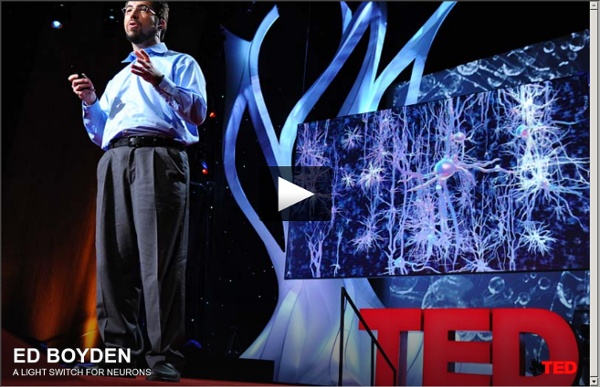



The brain performs visual search near optimally Public release date: 8-May-2011 [ Print | E-mail Share ] [ Close Window ] Contact: Graciela Gutierrezggutierr@bcm.edu 713-798-4710Baylor College of Medicine HOUSTON -- (May 9, 2011) – In the wild, mammals survive because they can see and evade predators lurking in the shadowy bushes. That ability translates to the human world. This ability to recognize target objects surrounded by distracters is one of the remarkable functions of our nervous system. "Visual search is an important task for the brain. Recognizing the target is more than figuring out each individual object. "Target detection involves integrating information from multiple locations," said Ma. One factor that must be taken into account is reliability of the information. "We study that in particular," said Ma. In his study, he and his colleagues used computer screens to show subjects sets of lines that might or might not contain a line oriented in a particular way. [ Print | E-mail AAAS and EurekAlert!
Scientists capture the first image of memories being made The ability to learn and to establish new memories is essential to our daily existence and identity; enabling us to navigate through the world. A new study by researchers at the Montreal Neurological Institute and Hospital (The Neuro), McGill University and University of California, Los Angeles has captured an image for the first time of a mechanism, specifically protein translation, which underlies long-term memory formation. The finding provides the first visual evidence that when a new memory is formed new proteins are made locally at the synapse - the connection between nerve cells - increasing the strength of the synaptic connection and reinforcing the memory. When considering what might be going on in the brain at a molecular level two essential properties of memory need to be taken into account. The increase in green fluorescence represents the imaging of local translation at synapses during long-term synaptic plasticity. (Photo Credit: Science)
The Science of Why We Don't Believe Science Illustration: Jonathon Rosen "A MAN WITH A CONVICTION is a hard man to change. Tell him you disagree and he turns away. Show him facts or figures and he questions your sources. Appeal to logic and he fails to see your point." Festinger and several of his colleagues had infiltrated the Seekers, a small Chicago-area cult whose members thought they were communicating with aliens—including one, "Sananda," who they believed was the astral incarnation of Jesus Christ. Through her, the aliens had given the precise date of an Earth-rending cataclysm: December 21, 1954. Festinger and his team were with the cult when the prophecy failed. Read also: the truth about Climategate.At first, the group struggled for an explanation. From that day forward, the Seekers, previously shy of the press and indifferent toward evangelizing, began to proselytize. In the annals of denial, it doesn't get much more extreme than the Seekers. We apply fight-or-flight reflexes not only to predators, but to data itself.
Schizophrenic brain cells created in the lab Caitlin Stier, contributor (Image: Kristen Brennand / Salk Institute for Biological Studies) The neurological root of schizophrenia continues to baffle researchers, but a new cell model of the disease could provide fresh insights into the condition. Fred Gage of the Salk Institute in La Jolla, California and colleagues took connective tissue cells from people with schizophrenia and programmed them to form stem cells. Confirming previous work in cadavers, the neurons (pictured) made fewer connections with each other than would be expected from healthy neurons.
The Brain's Dark Energy Imagine you are almost dozing in a lounge chair outside, with a magazine on your lap. Suddenly, a fly lands on your arm. You grab the magazine and swat at the insect. What was going on in your brain after the fly landed? And what was going on just before? Many neuroscientists have long assumed that much of the neural activity inside your head when at rest matches your subdued, somnolent mood. It turns out that when your mind is at rest—when you are daydreaming quietly in a chair, say, asleep in a bed or anesthetized for surgery—dispersed brain areas are chattering away to one another. Select an option below: Customer Sign In *You must have purchased this issue or have a qualifying subscription to access this content